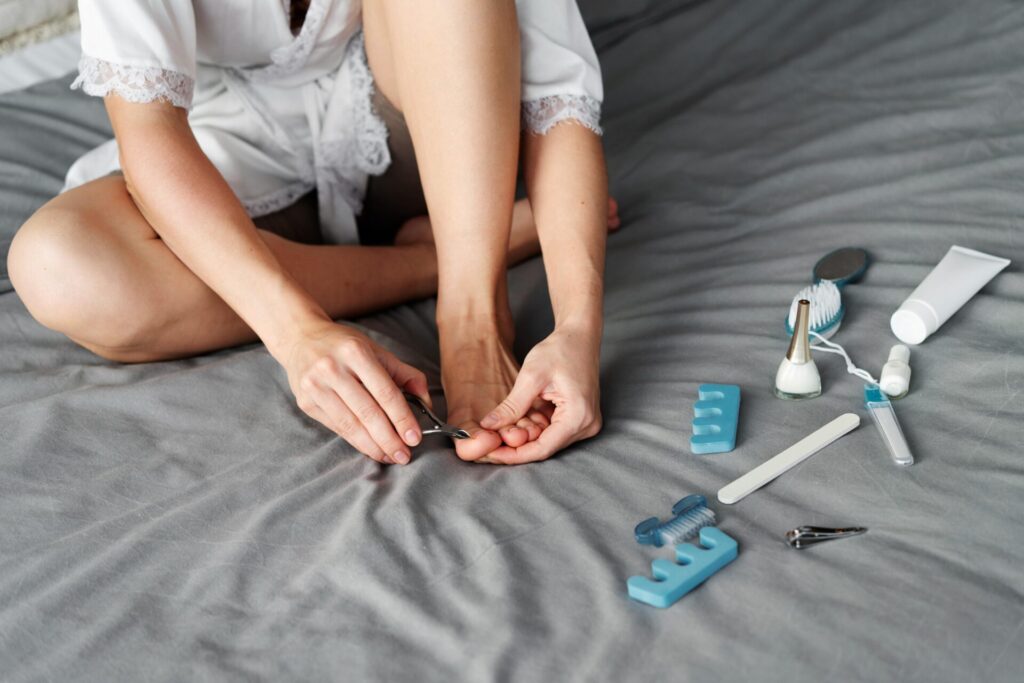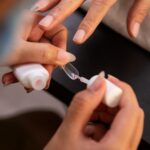This article contains affiliate links, which means we may earn a commission if you make a purchase through these links, at no extra cost to you.
Yes, UV light can kill nail fungus by zapping the fungus at its core and messing with its DNA so it can’t keep spreading.
But here’s the catch—it’s not a magic cure-all.
While it weakens and reduces fungus, it often needs a few sessions to make a real difference, especially if the fungus hides deep under the nail.
Since UV treatments can be tricky and involve potential risks, it’s best to have them done by professionals who can ensure safe, effective results
UV light works best for stubborn infections when paired with other treatments, so think of it as a solid sidekick rather than the main hero in your fight against nail fungus.
For more information on safety and effectiveness, check out our article about UV lamp concerns.

Introduction to Nail Fungus
Nail fungus, or onychomycosis, can start with minor discoloration or thickening but soon leads to brittle, yellowish, and even painful nails if left untreated.
It thrives in warm, damp environments, making gym-goers and swimmers more susceptible. Closed-toe shoes, especially for extended periods, also increase the risk.
Aside from cosmetic concerns, nail fungus can spread to other nails or skin, which is why enthusiasts and health-conscious individuals look for effective treatments, like UV light therapy, to keep infections under control.
Before considering UV treatments, it’s essential to understand how fungal infections develop to get the full picture.
How Does Nail Fungus Develop?
Fungal infections typically start unnoticed, entering through tiny cracks in the nail or skin, where warmth and moisture create the perfect growth conditions.
Fungi feed off keratin in nails, causing them to thicken, discolor, and eventually crumble. Those with weaker immune systems or conditions like diabetes are more susceptible.
Because nail fungus is slow to develop and resilient, early detection and treatment are essential to prevent it from spreading or worsening.
This resilience is why many people seek out new and more powerful treatments, including UV light, to effectively combat stubborn infections.

What is UV Light Therapy?
UV light therapy uses specific wavelengths of ultraviolet light to treat various skin and nail conditions, with promising results in dermatology, especially for psoriasis.
It works by penetrating skin layers and may damage fungal cells at their DNA level, which is crucial for destroying infection. The two types of UV light—UVA and UVB—offer varying penetration levels, with both available in clinical and at-home devices.
These advancements give individuals more options, especially if they’re dealing with persistent nail fungus. However, knowing how UV affects skin and fungal cells can help people choose the safest and most effective approach.
UV Light Affects Fungal Cells
UV light targets the DNA of fungal cells, inhibiting their ability to replicate and survive. This process disrupts cell function and gradually kills the fungus.
Unlike creams or gels that require direct contact, UV light can reach under the nail, making it a unique solution for tougher infections.
However, it’s important to note that deeply embedded infections may resist UV penetration, requiring multiple sessions for noticeable effects.
Consistent exposure is often necessary, but excessive use can lead to skin irritation and even long-term risks if not properly monitored.
Can UV Light Kill Nail Fungus?
Research has shown that UV light can reduce fungal load on nails, though it may not always provide a standalone solution.
For instance, a 2017 study published in Photodiagnosis and Photodynamic Therapy showed that phototherapy can help reduce symptoms, but it’s not yet a standard treatment on its own.
Effectiveness varies with infection severity and treatment frequency, and some findings suggest that UVB light may be more effective against certain fungal strains.
Experts often recommend combining UV light with other antifungal treatments to achieve better, more consistent results, especially in severe cases.
UV Light Treatment Options for Nail Fungus
UV light treatment options range from professional in-office therapies to convenient at-home devices. Clinical treatments are often more powerful and efficient but can be costly and require appointments.
In contrast, at-home devices provide flexibility, allowing users to treat infections on their schedule. While convenient, at-home UV devices may not have the strength of clinical machines, leading to potentially longer treatment times.
It is recommended that patients consult with a dermatologist before starting UV light therapy to ensure that it is suitable and safe for their individual needs and infection types.
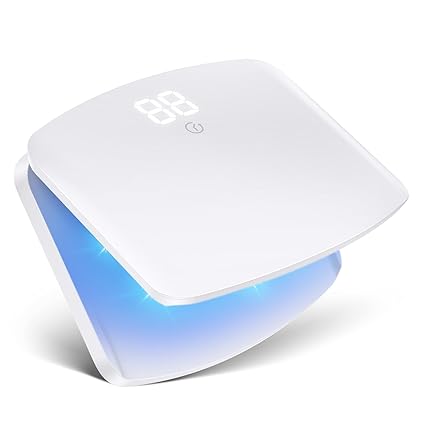
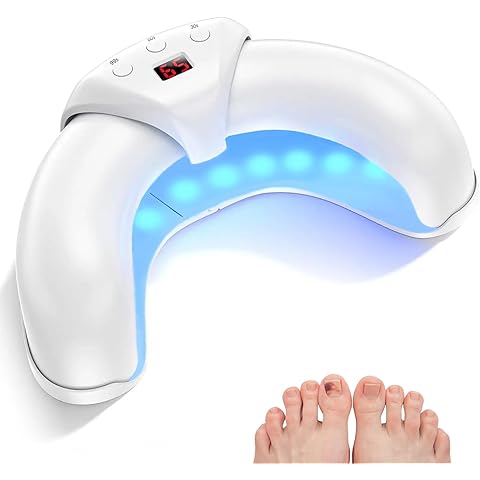
Health Risks and Side Effects of UV Light Therapy
Potential Skin Damage
While UV light therapy is generally safe in controlled doses, excessive use can cause skin irritation and, in rare cases, lead to skin damage over time.
According to the American Cancer Society, overexposure to UV light, especially UVB, increases the risk of skin cancer. This is a significant concern for at-home users who may inadvertently overuse devices without realizing the risk.
Eye Protection and UV Exposure
Direct exposure to UV light can be harmful to the eyes, so wearing protective goggles is critical during treatment.
Over time, unprotected exposure to UV can lead to cataracts and other eye conditions, making this precaution essential for anyone considering regular treatments.
Skin Sensitivity and Irritation
People with sensitive skin or conditions like eczema may experience heightened reactions to UV light. Redness, mild burning, or itching can result from frequent exposure, especially in those who use higher intensities without protective measures.
To minimize these risks, individuals should apply sunscreen to surrounding skin and follow all instructions carefully.
Fact check: According to a 2021 review in the Journal of Fungi, laser treatments with UV-like properties have shown effectiveness for nail fungus but come with risks of skin sensitivity.
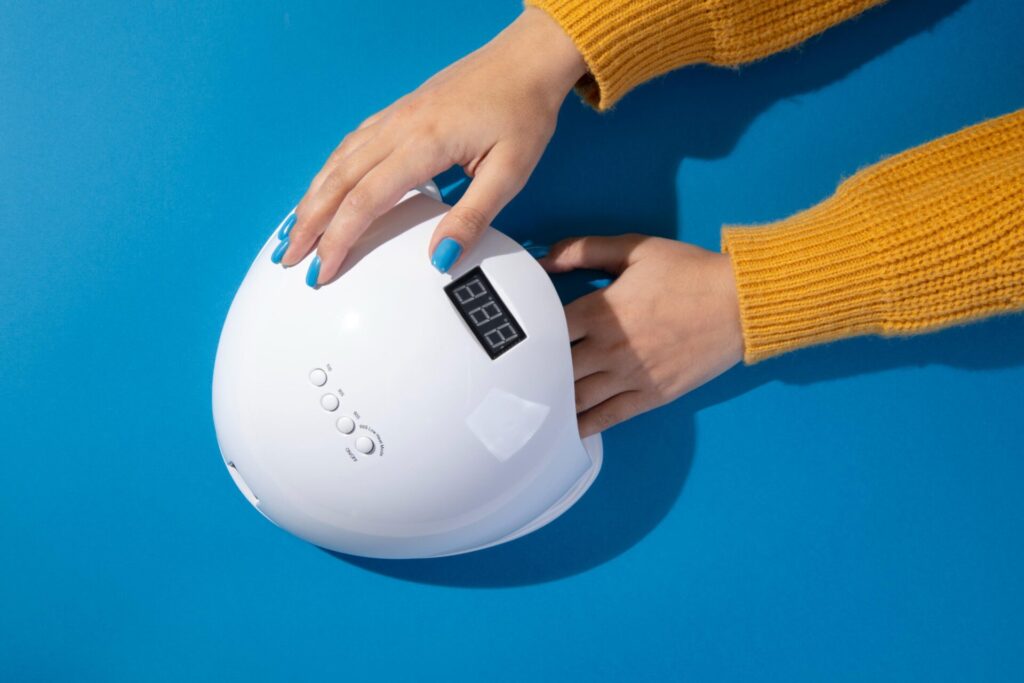
Alternative Treatments for Nail Fungus
In addition to UV therapy, options like topical antifungals, oral medications, and laser treatments exist. Topical creams may work for mild infections, though severe cases typically require oral medications, which may have side effects.
Laser treatments, like UV therapy, use light to combat infections but can penetrate deeper than some UV light therapies, showing success in some cases of stubborn nail fungus.
According to a 2021 review in the Journal of Fungi, laser treatments offer promise but may still pose skin sensitivity risks.
For those seeking holistic solutions, combining treatments often yields the best results, especially for persistent infections.
Tips for Preventing Nail Fungus
Prevention is essential for maintaining nail health. Keep nails dry and well-trimmed, and wear breathable shoes to avoid creating an environment conducive to fungal growth.
If you frequently visit communal areas, wearing flip-flops and washing feet afterward can reduce infection risks.
Avoid sharing nail clippers or towels, as fungal spores can transfer from person to person easily. Taking these small but consistent steps can significantly lower your risk of infection or reinfection.
Regular nail care isn’t just about preventing fungus—it also supports overall nail health and wellness. Moisturize your cuticles regularly to keep them soft and prevent cracks where bacteria and fungi might enter.
Eating a balanced diet rich in biotin, zinc, and vitamins A and E can also strengthen your nails, making them less prone to damage or infection.
Avoid harsh chemicals and limit prolonged exposure to water, as these can weaken nails over time.
By combining good hygiene with nourishing habits, you’re not only keeping infections at bay but also ensuring your nails stay healthy, strong, and looking their best.
Check out our article on the best routines to take care of your nails, where we dive into easy daily habits, essential nutrients, and top products to keep your nails in prime condition!
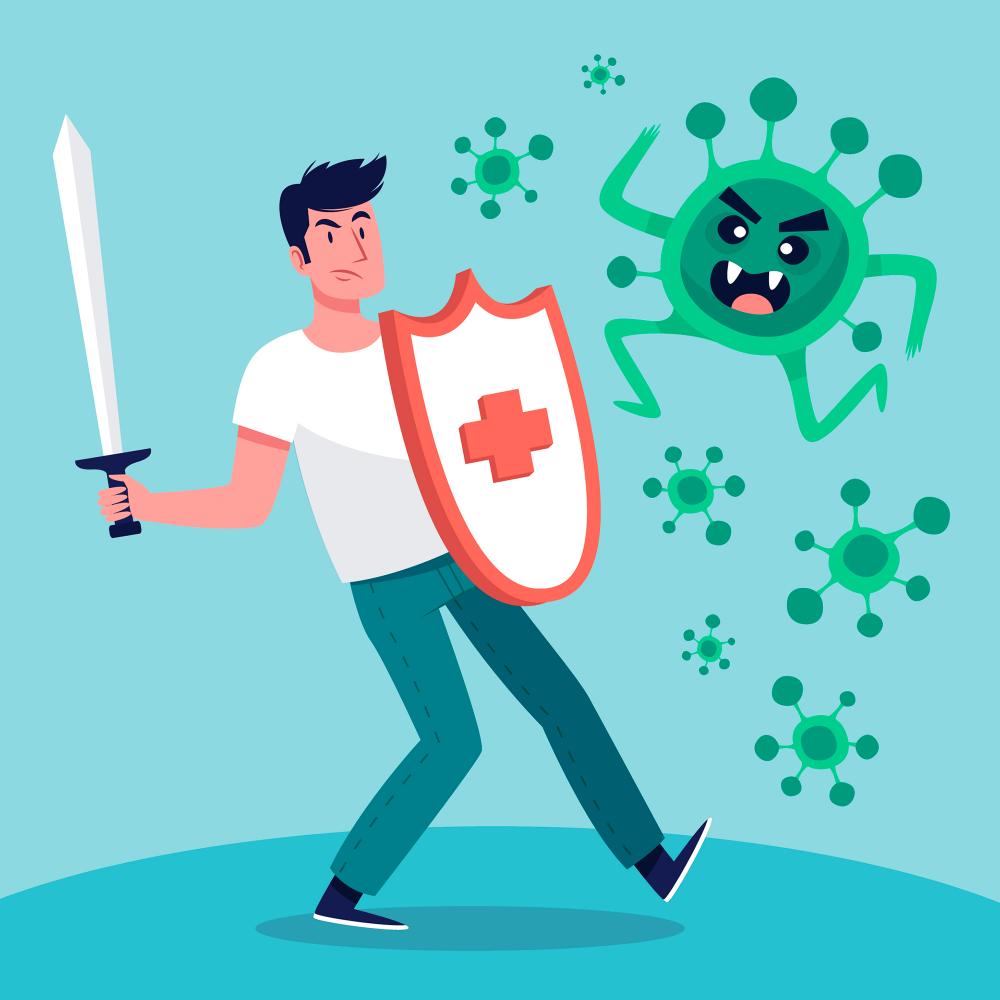
Conclusion
UV light therapy shows potential in treating nail fungus but requires caution due to health risks like skin damage and sensitivity.
For those interested in exploring UV therapy, consulting a healthcare provider is advised to discuss suitable options and minimize risks.



